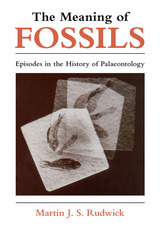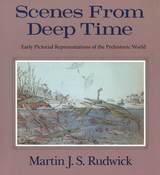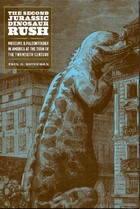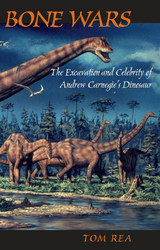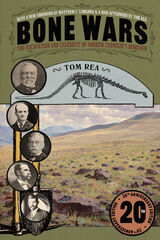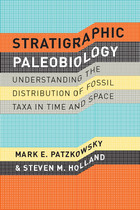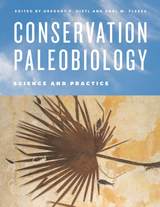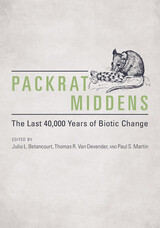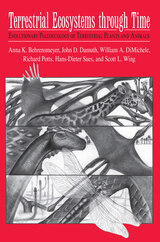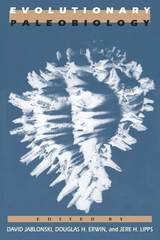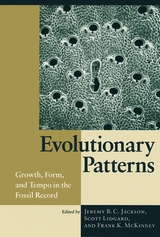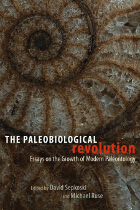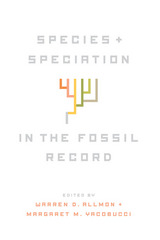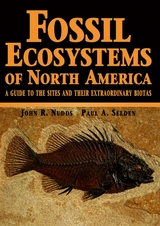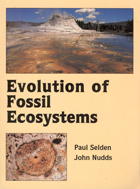Evolution and Environment in Tropical America
University of Chicago Press, 1996
Cloth: 978-0-226-38942-4 | Paper: 978-0-226-38944-8
Library of Congress Classification QE720.E93 1996
Dewey Decimal Classification 560.45098
Cloth: 978-0-226-38942-4 | Paper: 978-0-226-38944-8
Library of Congress Classification QE720.E93 1996
Dewey Decimal Classification 560.45098
ABOUT THIS BOOK | TOC
ABOUT THIS BOOK
How were the tropical Americas formed? This ambitious volume draws on extensive, multidisciplinary research to develop new views of the geological formation of the isthmus linking North and South America and of the major environmental changes that reshaped the Neotropics to create its present-day marine and terrestrial ecosystems.
Recent discoveries show that dramatic changes in climate and ocean circulation can occur very quickly, and that ecological communities respond just as rapidly. Abrupt changes in the composition of fossil assemblages, formerly dismissed as artifacts of a poor fossil record, now are seen as accurate records of swift changes in the composition of ocean communities.
The twenty-four contributors use current work in paleontology, geology, oceanography, anthropology, ecology, and evolution to paint this challenging portrait of rapid environmental and evolutionary change. Their conclusions argue for a revision of existing interpretations of the fossil record and the processes—including invading Eurasian peoples—that have produced it.
Recent discoveries show that dramatic changes in climate and ocean circulation can occur very quickly, and that ecological communities respond just as rapidly. Abrupt changes in the composition of fossil assemblages, formerly dismissed as artifacts of a poor fossil record, now are seen as accurate records of swift changes in the composition of ocean communities.
The twenty-four contributors use current work in paleontology, geology, oceanography, anthropology, ecology, and evolution to paint this challenging portrait of rapid environmental and evolutionary change. Their conclusions argue for a revision of existing interpretations of the fossil record and the processes—including invading Eurasian peoples—that have produced it.
See other books on: Environment | Geology | Paleoecology | Paleontology | Tropics
See other titles from University of Chicago Press

